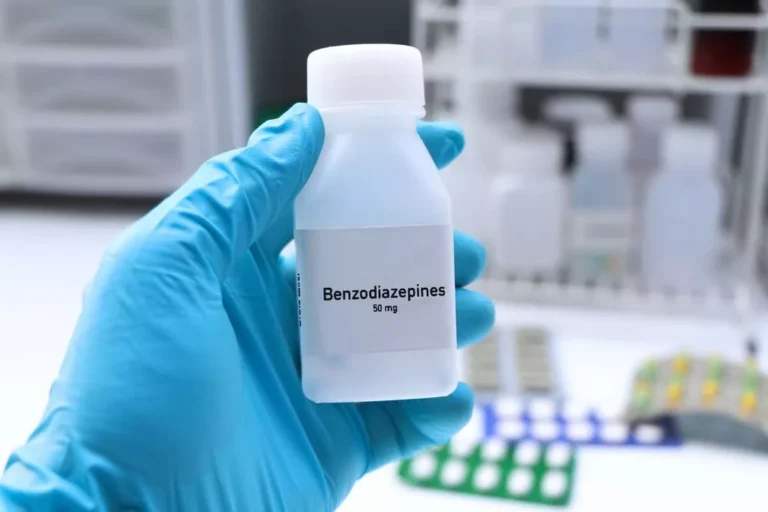One potential way to quit drinking is through tapering, which involves slowly reducing your alcohol intake over time. People can partake in some natural remedies and activities to keep their minds occupied and help pass the time as withdrawal symptoms fade. Some of these remedies can be useful during withdrawal itself, and some are more helpful as you cope with cravings. Tapering alcohol is beneficial because you can avoid alcohol withdrawal symptoms. This is because when you drink heavily for months or years, your body can start to depend on alcohol to function normally. When you are physically dependent on a substance like alcohol, your body adapts accordingly.

Incorporating Alcohol Tapering into Withdrawal Management Strategies

It’s important to note that tapering alcohol should be done under the guidance of a healthcare professional to navigate potential challenges safely. The goal of monitoring is not only to manage withdrawal symptoms but also to support the individual’s https://ecosoberhouse.com/article/should-you-have-relationships-in-recovery/ journey to sobriety in a controlled and sustainable manner. Tapering gradually lowers the amount of alcohol that you use over time. This lessens the severity of withdrawal symptoms, as there is not an abrupt or dramatic change.
Figure out how much you actually drink

But if you’re living with alcohol use disorder, drinking is more than a habit. People with alcohol use disorder can’t stop drinking even when it causes problems, like emotional distress or physical harm to themselves or others. Alcohol withdrawal is potentially fatal, especially for people with an alcohol addiction. Sometimes, they may experience seizures and delirium tremens (DTs).
- In fact, some people don’t even realize they’re dealing with mental health disorders until they stop drinking.
- Over time, this can help you slow down and make more intentional choices about how much you’re drinking.
- For people who experience mild alcohol withdrawal symptoms, there are safe ways to detox at home.
- Direct tapers are better if you prefer drinks that contain a low percentage of alcohol.
- BetterHelp offers affordable mental health care via phone, video, or live-chat.
- Our admissions specialists will help you find the facility and treatment program best suited to the recovery needs of you or your loved one.
What Helps With Alcohol Withdrawal? 18 Tips
The thought of abstaining from alcohol completely can feel daunting, and in some cases, it can even be dangerous without medical supervision. Below I share some key information so you can determine if weaning off alcohol is right for you. Talk with a healthcare professional if you’re concerned you may experience detox symptoms when quitting drinking or cutting back. Choosing to how to taper off alcohol at home taper off alcohol is an admirable decision and a step in the right direction. As with many self-detox methods, the risks and rewards go hand in hand when attempting to overcome an alcohol substance use disorder. But, with a little prior knowledge on how to taper off alcohol, adequate planning and professional consultation from a healthcare provider, it can certainly be done.
Why Alcohol Withdrawal Occurs
Adjusting an alcohol taper schedule is a critical step in safely managing withdrawal symptoms and ensuring a successful reduction in alcohol consumption. The taper schedule must be flexible to accommodate individual responses and progress. It is important to monitor withdrawal symptoms closely and make adjustments to the tapering plan as needed. If an individual experiences severe withdrawal symptoms, such as increased anxiety, shaking, or signs of delirium tremens, it may be necessary to slow down the tapering process.
- For example, one 12-ounce can of beer contains roughly the same amount of alcohol as a 5-ounce glass of wine or a mixed drink containing 1.5 ounces of alcohol.
- That said, there are now several medications that can help reduce your cravings and make weaning off alcohol easier.
- Further, mental health disorders like anxiety and depression are extremely common in those who struggle with drinking, and these disorders can make it even harder to stay sober.
- It can be tempting to just “rip off the Band-Aid” when getting sober, but tapering off alcohol is often much safer—and much less stressful.
- It includes patient education on withdrawal, monitoring for severe withdrawal symptoms, and creating a low-stimulation environment.
- Tapering gradually lowers the amount of alcohol that you use over time.
- It can lower the severity of symptoms, and it can make you more likely to meet your goals.
- Proper hydration and nutrition must be maintained throughout the tapering process, as alcohol withdrawal can result in dehydration and nutrient imbalances.
- If you struggle to stop drinking, avoid places and situations that tempt you to drink alcohol.
- Diseases like pneumonia and tuberculosis are more frequent in individuals who chronically drink.
- It is sometimes possible to taper your alcohol use at home if your AUD isn’t severe.
A substitution taper can involve substituting a prescription drug for alcohol. It can also involve substituting the drink of choice with another drink; for example, a person may taper off hard alcohol with beer. If you or someone you know is experiencing symptoms consistent with DTs, call 911.
- When symptoms become that serious, it can be difficult to seek help.
- Tapering can be an excellent way to prevent harmful withdrawal effects after ceasing alcohol intake.
- You can even use this as an opportunity to develop healthier habits.
- If you’re relying on internet searches to find potential treatment centers, make sure to ask these ten questions to find a licensed facility that can meet your needs.

